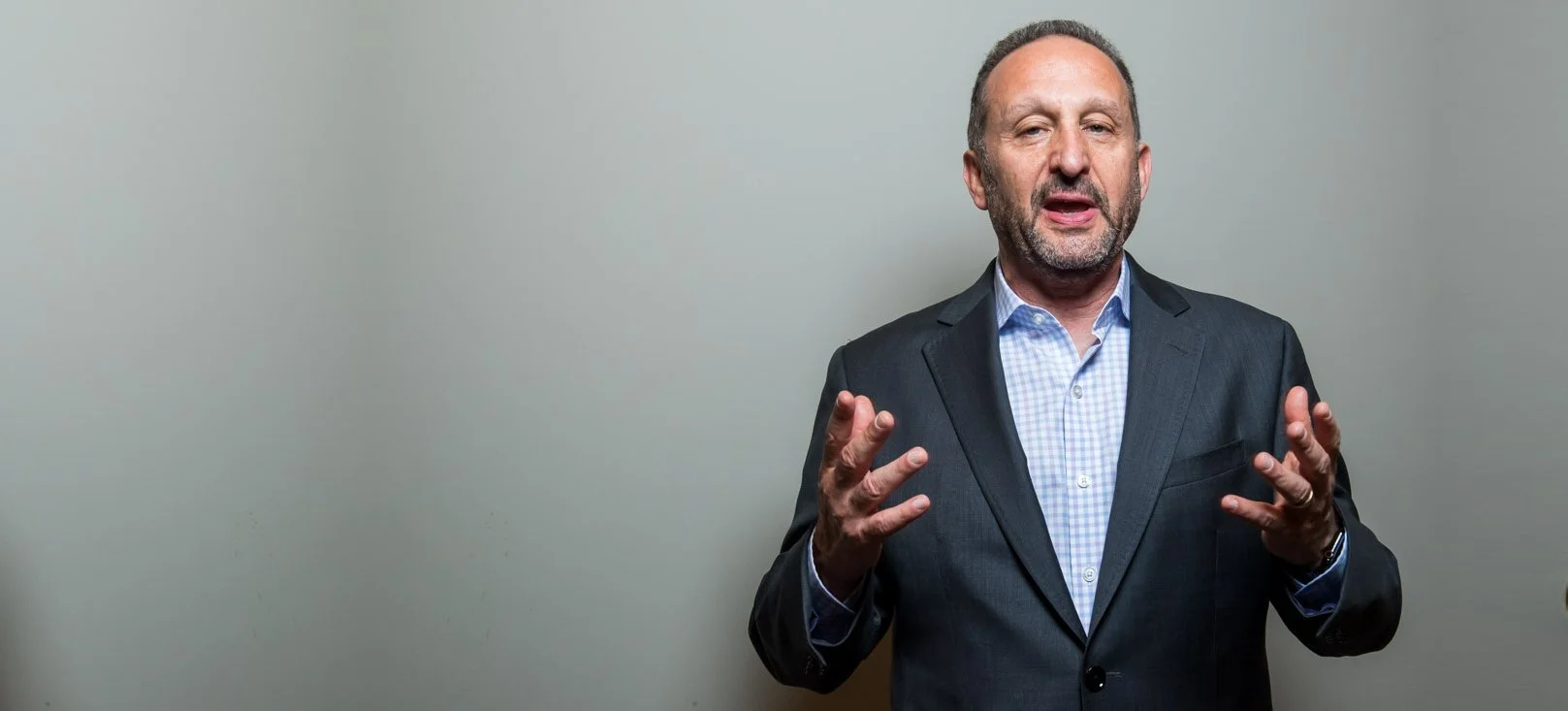Tell Me More About Susan
A great strategy to differentiates you in the eyes of your core customer.
A great strategy adds unique value to your core customer.
So of course, it's important to understand who your core customer is. Most leaders think they have an understanding of that. My core customer is third-party logistics companies in the northeast, my core customer is families with an income level of 100 to 150,000.
On the west coast, if we understand demographics, we think we understand who our core customer is, but we don't, we need to go deeper.
To find the best customers, the customers that will pay us what we're worth, because they get economic value from what we do.
The customers that will tell other people about you, because of the value you are adding, the customers that will be forgiving. When you make a mistake, the customers that will keep coming back for more. To understand who those customers are, we need to go much deeper and understand what their wants are, what their needs are, what their fears are, what their desires are. So it's not enough just to understand demographics.
I hit on a great method for doing this. Interestingly enough, in Uganda, during some service work I was doing working with young entrepreneurs that wanted to start a business. And I was working with this awesome young man that wanted to start a business selling charcoal briquettes. So as part of helping them come up with his business plan, I asked him who his core customer was. And he said his core customer was families in Uganda.
That was fine.
But I wanted him to go much deeper than that. So I said, Tell me more, I need to know more about your customer, you need to know more about your core customer. And I asked him three, four or five different ways, and he was really struggling, and I was struggling to get more information from him.
So by accident, I went down a certain road and I said, I want you to close your eyes. And I want you to picture who your best customer is, in your head. Pick your one person, not a group, not a demographic, not a family. Your customer is one person, one person makes that buying decision. Picture that person in your head. So he did that, he closed his eyes. And I said, Okay, tell me is that person, a man or a woman? And he said, Well, as a woman. I said, Let's give her a name. What's her name? And he said, Susan, I said, Great. Tell me more about Susan. And all of a sudden he went from families in Uganda to a 15-minute biography of who Susan was.
Susan was a single mom. Her husband died of HIV AIDS a number of years ago, and she was left to care for three children. She had trouble making ends meet she needed to make money to provide clothes for the kids and a roof over their heads, made sure they can get to school, make sure to feed them. And it was a real struggle for Susan. So the one of the ways Susan made money was selling barbecue chicken on the side of the road. And she needed charcoal briquettes for that barbecue. She needed them at the right price. Because she couldn't afford to pay more. She needed the right service. Because she needed those briquettes every day, she couldn't afford to buy a whole bunch in store, and she had nowhere to store them. So she needed deliveries every day all of a sudden, we had this understanding of his core customer, and what her wants where her needs her fears or desires. We knew who it was to worry, we were able to come up with a marketing strategy and a sales strategy and a product strategy and a service strategy. For Susan. What are you doing? To better understand who your core customer is at a deeper level?
What are you doing to make sure that voice of the customer is there in every company meeting in every strategic decision and every decision around execution? What could you do today? To get a better understanding of your core customer?
Give you a core customer name, and then ask the question.
Tell me more about Susan.

